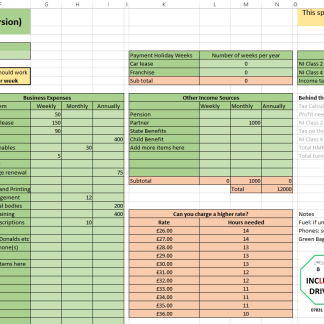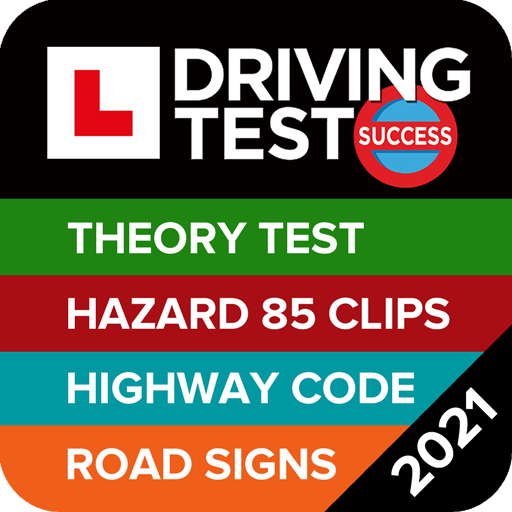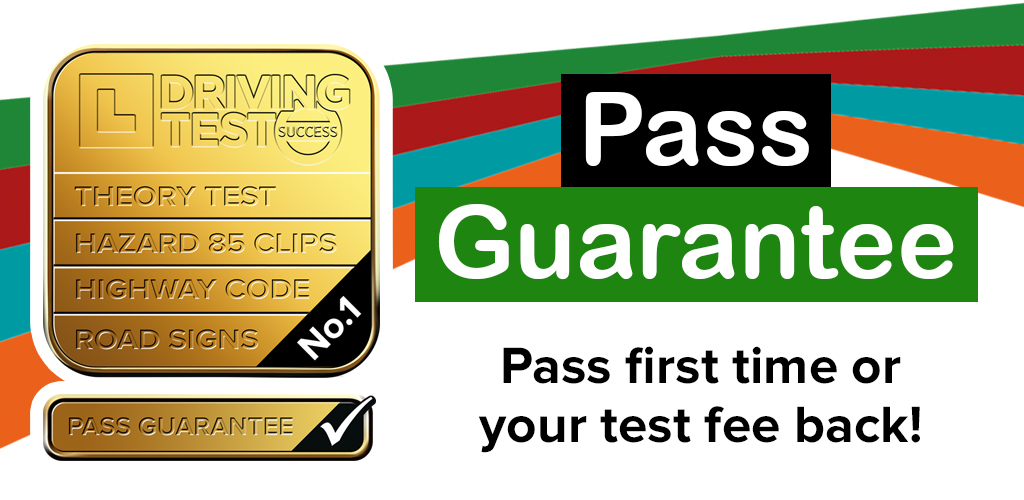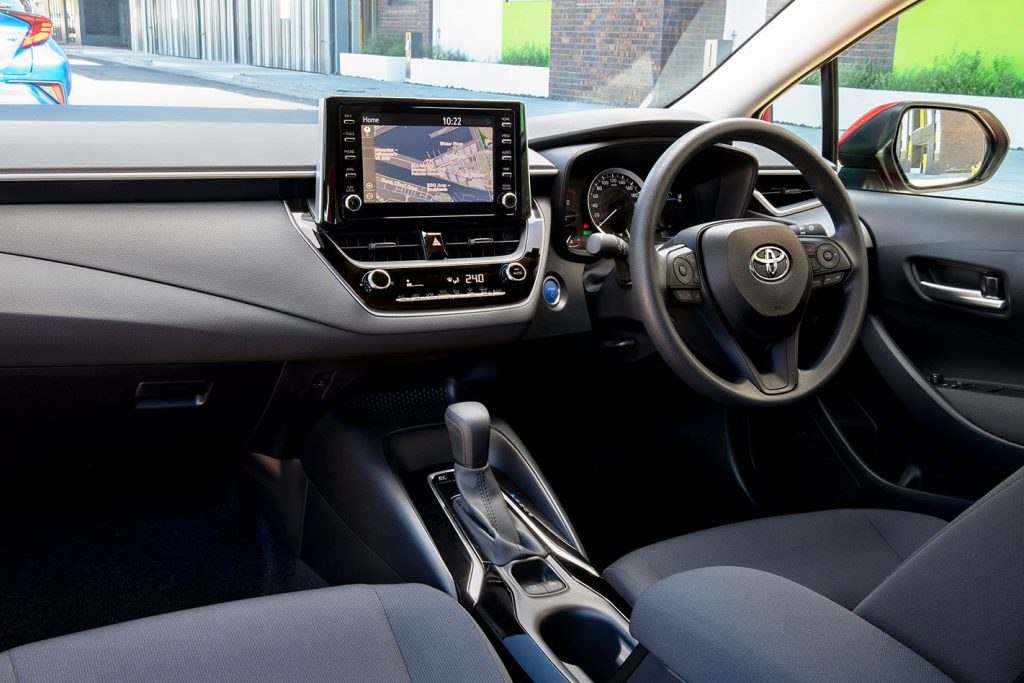I’m afraid this is a rather controversial post. With the recent updates to the Highway Code creating a hierarchy of road users, there has been an increase in the number of people on social media talking about how cyclists should have insurance.
Let’s just clear that up. What I’m about to say may not seem fair: but it is how it is. If you don’t like it then remember that nobody is forcing you drive a car.
It all boils down to history. Pedestrians, cyclists, and horse riders have an undeniable right to be on the road. They are simply allowed to be there. The term “carriageway” even has its etymological roots in horse-drawn vehicles: “carriages”. Motorists, on the other hand, are only allowed to use the road by licence. To obtain that licence, you have to agree to follow certain rules. These rules require you to pass a test of competence (as set out in the Road Traffic Act), commonly called the “driving test”, and you have to demonstrate that you can safely integrate your vehicle with the aforementioned cyclists, pedestrians and horse riders. It’s not the other way around. Your licence does not require those vulnerable road users to integrate with you. So for the first time of calling, if you don’t like that arrangement, then surrender your driving licence.
Common courtesy might suggest that road users at the top of the hierarchy should integrate, and a sense of self-preservation would be sensible. But it’s the motorist who is there by licence, carrying the responsibility that goes with it.
Unfortunately, cars have been allowed on roads for so long, across several generations, and facilities for cars such as dual carriageways, motorways, and car parks have become so normalised that it’s easy to forget how low down the pecking order motorists are, and forget how we are only there by licence.
The Green Cross Code was a road-safety campaign from the 1970’s. Back then, there were approximately 12 million cars on the road in the UK. From a pedestrian’s point of view, it was quite easy to find a safe gap in the traffic. A child might need to STOP-LOOK-LISTEN and wait for one or two cars to pass but then there would be a clear path for them to walk across safely before another car approached. Now, in the 2020’s we have more than three times as many cars on the road. The safe gaps to walk across the road no longer exist. Watch pedestrians crossing the road today: they have to jog or even run before the next car reaches them.
Simply, the Green Cross Code is no longer fit for purpose and the responsibility needs to be pushed back on to the motorist. And let’s not forget, that responsibility never actually went away. But we have got so used to our mistaken belief that we have a right to drive cars, that we have forgotten our duty of care to the little people who also use the roads. So February 2022 saw the introduction of rule H2 in the Highway Code, requiring motorists to allow pedestrians to cross the road. It has caused a lot of anger amongst motorists, with concerns that pedestrians might just step into the road. Yes! they might do that. Of course, pedestrians also have a duty to their own safety, but if you don’t feel able to deal with the possibility of having to stop and give way to a pedestrian, then for the second time of calling, consider surrendering your driving licence.
So at last, we come to the title of this post: insurance for cyclists. Actually, let’s take a quick diversion to road tax. “I pay road tax” is an often-cited argument at cyclists, from motorists, when supporting their non-existent right to drive a motor vehicle on the road. This argument fails for several reasons. Firstly, road tax does not exist. It was abolished in 1937, and replaced with vehicle excise duty (VED). VED has been calculated using various methods over the years, using engine size as an indication of tail-pipe emissions, and more recently the actual emissions figures for a vehicle.
Some low-emission motor vehicles are “tax-free”, meaning that they pay the same amount of VED as cyclists. You can bet, though, that electric vehicle drivers would not accept that a gas-guzzler vehicle had more right to be on the road because they paid road tax. So the same argument towards cyclists is invalidated. And just be clear, the money raised by VED does not pay for the roads. The revenue is not ring-fenced. Your road tax actually pays for the same things as your income tax, VAT, council tax, fuel duty, alcohol duty, and all the other forms of tax that you pay. Things like schools, hospitals, police, and nuclear bombs.
We finally got there: let’s talk about cyclist insurance. But let’s start with motorists. The Road Traffic Act requires that motorists take out insurance in case they cause injury to another party. This could be damage to another car but it also protects the vulnerable road user group such as pedestrians and cyclists. Motorists can optionally purchase an add-on to the minimum third party requirement called fully comprehensive insurance. This protects your own vehicle in the event of a collision. And there is nothing to stop you claiming on this insurance policy if your car is damaged by a cyclist.
Cyclists are not required to hold insurance. They are allowed on the road without it, and there is a small risk that your car may be damaged by the actions of a cyclist. You accept that risk when you drive. So quite simply, if you worry that a cyclist might cause damage to your car, then either insure yourself against it, or don’t drive a car. You do have a choice, and if you accept a driving licence to use a motor vehicle on the road around cyclists, then take this is into consideration when making your choice. Incidentally, many cyclists do choose to hold third party insurance, and it is very cheap, which just shows how low the risk is.
There are a whole host of caveats to bear in mind when accepting a licence to drive a motor vehicle. Cars have been around for so long that it’s very easy to forget that there are risks and responsibilities to carry in exchange for the convenience of driving a car.
It’s your choice.













